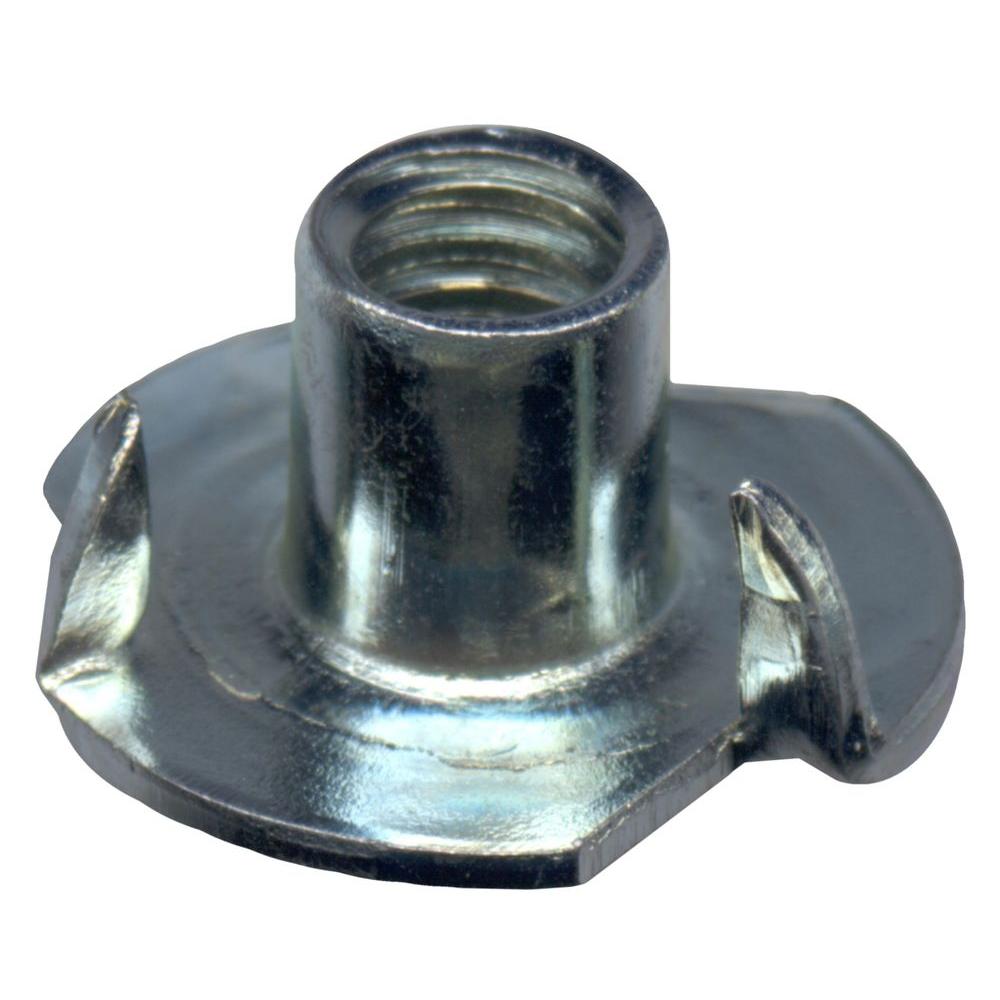For those of you who are tired of Loc Goblins runaway now (dad joke of the day).
Since I'm not a millionaire and neither are my parents I am building what I think is the most cost effective rocket for both certifications.
Now John Beans the creator of the Jolly Logic Chute Release asked for the community to post all attempts for certification using his creation. So this thread is has started.
Goal 1: Build Loc Goblin
Goal 2: Fly Cert 1 on 29mm H182R
Goal 3: Study for Cert 2 test
Goal 4: Fly the Cert 2 using my 54mm gear
Goal 5: The journey to Certification 3
Since I'm not a millionaire and neither are my parents I am building what I think is the most cost effective rocket for both certifications.
Now John Beans the creator of the Jolly Logic Chute Release asked for the community to post all attempts for certification using his creation. So this thread is has started.
Goal 1: Build Loc Goblin
Goal 2: Fly Cert 1 on 29mm H182R
Goal 3: Study for Cert 2 test
Goal 4: Fly the Cert 2 using my 54mm gear
Goal 5: The journey to Certification 3



























